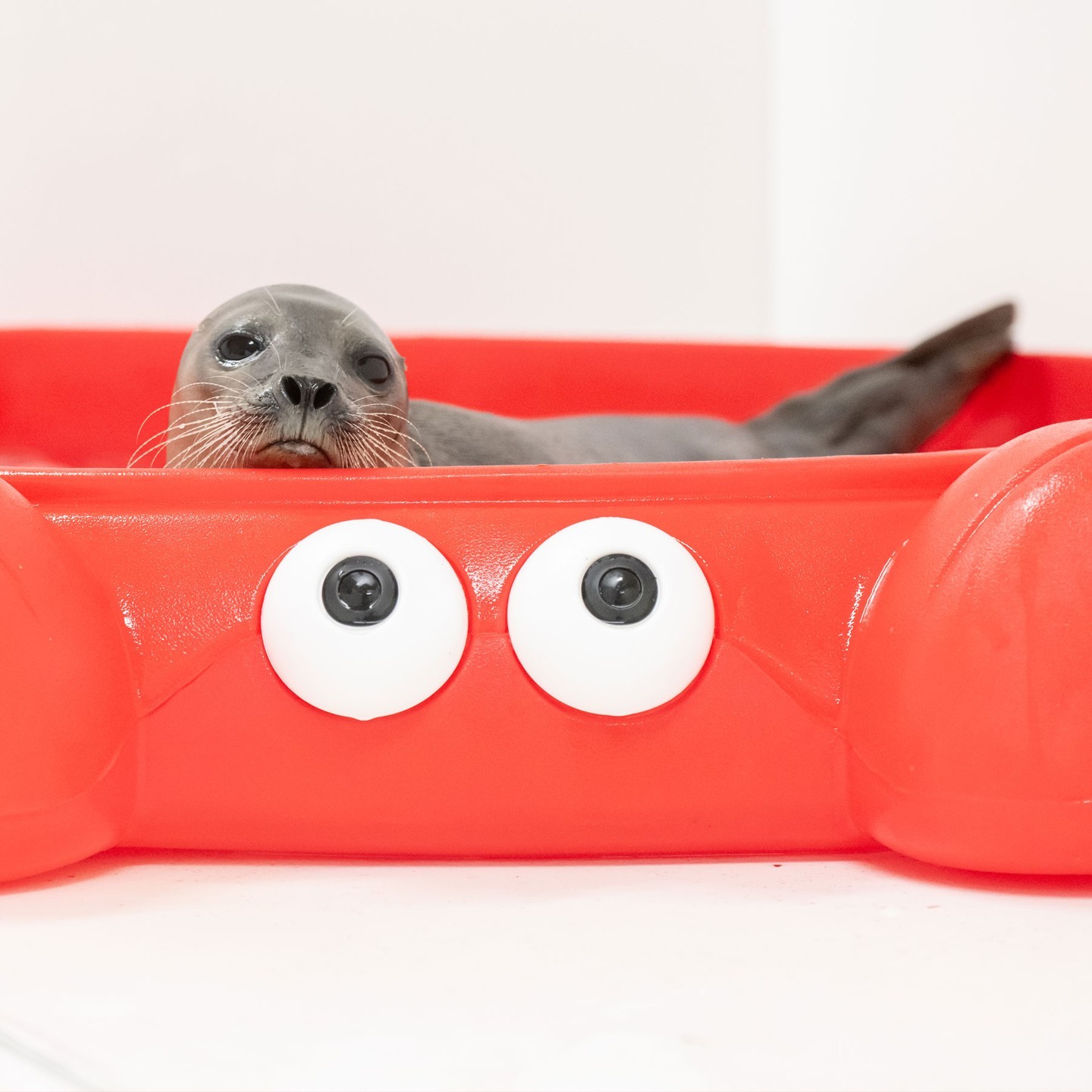Summary:
1. The changing landscape of seal rescues at the National Aquarium.
2. The increasing complexity of medical issues faced by rescued seals.
3. The challenges and innovations in animal rescue for the future.
4. The importance of public support and education in wildlife conservation.
5. Heartwarming success stories of rescued seals at the National Aquarium.
Ten years ago, a standard rescued seal at the National Aquarium was an underweight harbor seal with mild respiratory infections – issues that were relatively easy to treat. However, in recent years, the landscape of seal rescues has dramatically changed, presenting new challenges for animal welfare professionals. This article delves into the unique and fascinating aspects of recent seal rescue seasons at the National Aquarium. From the increasing complexity of medical issues to innovative conservation efforts, join us on this journey as we explore the future of animal rescue and the remarkable stories of survival in the marine world.
The Changing Landscape of Seal Rescues:
Seal rescues are no longer simply about basic medical treatments and rehabilitation. In the past five years, the National Aquarium has witnessed an alarming rise in the severity and complexity of medical issues found in rescued seals. These issues range from severe respiratory infections to life-threatening injuries resulting from entanglement in marine debris. So, what does this mean for the future of seal rescue?
The Increasing Complexity of Medical Issues:
The challenges animal welfare professionals face at the National Aquarium have evolved considerably. With each rescue season, they encounter new and baffling medical conditions in the seals they rescue. It is no longer enough to provide standard medical treatments; the team constantly collaborates with researchers and veterinarians to understand and combat these emerging health issues.
The Challenges and Innovations in Animal Rescue:
As the challenges intensify, so do the efforts to overcome them. The National Aquarium team has embraced innovative methods to enhance the rescue and rehabilitation process. From advanced diagnostic techniques to cutting-edge surgical procedures, the boundaries of animal medicine are being pushed to new frontiers. These advancements benefit the rescued seals at the National Aquarium and contribute to global knowledge and conservation efforts.
The Importance of Public Support and Education:
Rescuing and rehabilitating seals is not a task that can be achieved alone. Public support is crucial in providing resources and funding for these challenging endeavors. However, it is not just financial support that matters; educating the public about the significance of wildlife conservation is equally essential. We can collectively make a difference by creating awareness and fostering a sense of responsibility towards the natural world.
Heartwarming Success Stories:
Amidst the challenges and complexities, heartwarming success stories exemplify the resilience and determination of rescued seals. These stories inspire and remind us of the value of our efforts in animal rescue. From an underweight harbor seal growing into a healthy adult to a rescued seal overcoming injuries and returning to the wild, the journeys of these amazing creatures are a testament to the power of compassion and dedication.
Conclusion:
The landscape of seal rescues at the National Aquarium has undergone significant changes in the past decade. Animal welfare professionals continue to push boundaries and defy expectations with the increasing complexity of medical issues and the constant need for innovation. However, their efforts can only be truly successful with the public’s support and involvement. By working together, we can ensure a brighter future for all wildlife, celebrating the miraculous recoveries and the vital conservation lessons learned from seal rescues. Let us all be inspired, uplifted, and motivated to protect and preserve the incredible diversity of nature surrounding us.
*****
Source Description
🦭Ten years ago, a standard rescued seal at the National Aquarium was an underweight harbor seal with mild respiratory infections—medical issues that were relatively easy to treat. Over the past five years, this has changed dramatically. Learn more about the challenges of our most recent seal rescue season and what it means for the future of animal rescue. Link in our bio.


